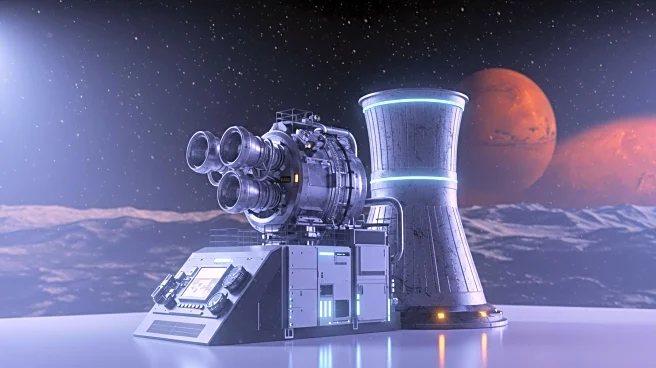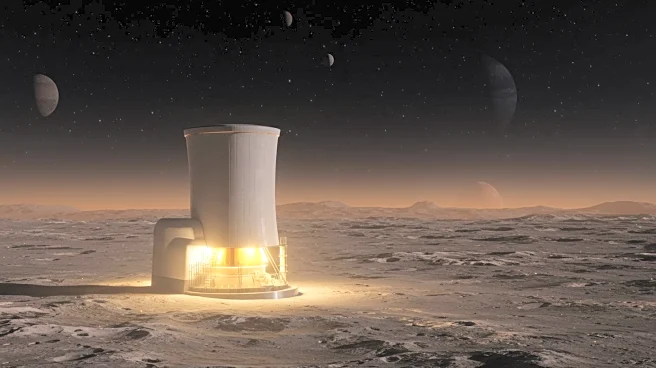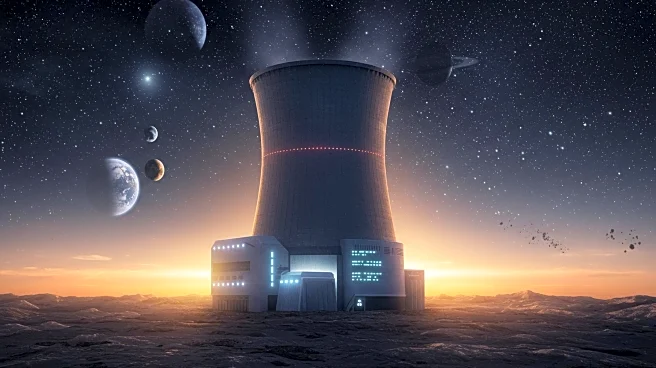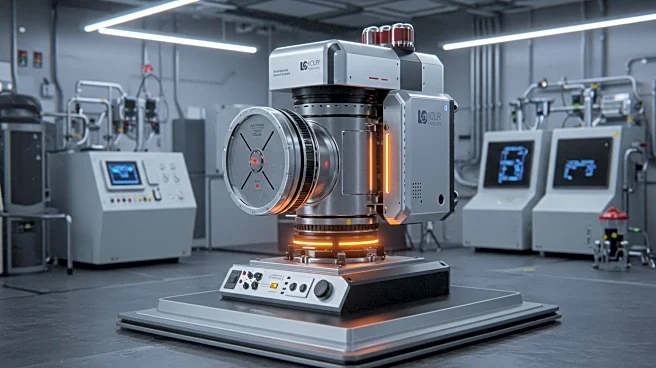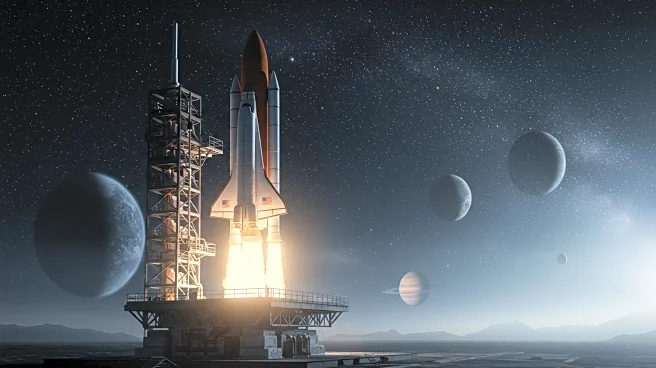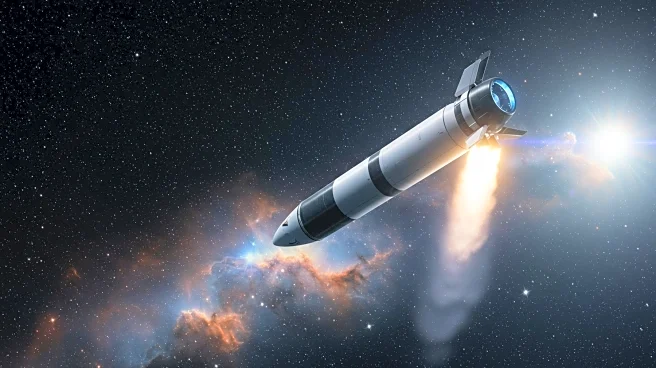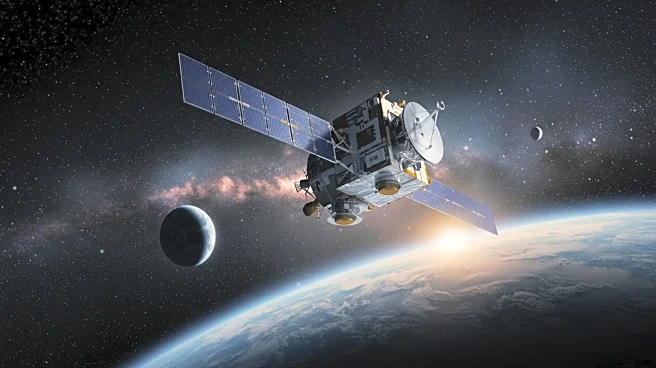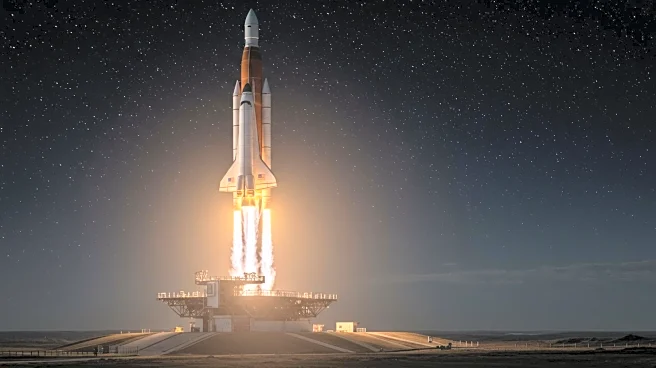What is the story about?
What's Happening?
NASA has issued a request for information (RFI) regarding the development of a fission surface power system intended for future crewed missions to the Moon and Mars. The agency is seeking feedback from the space industry on a system capable of generating at least 100 kilowatts of electricity, weighing less than 15 metric tons, and utilizing a closed Brayton cycle power conversion system. This technology aims to provide continuous power in areas on the Moon not reached by sunlight or during prolonged lunar nights. NASA plans to deploy a nuclear reactor on the Moon by the mid-2030s, which will also be leveraged for national security purposes. Interested vendors are invited to submit their responses to the RFI by August 21.
Why It's Important?
The development of a fission surface power system is crucial for advancing human space exploration and maintaining U.S. dominance in space. By providing a reliable and efficient power supply, NASA can support long-term missions on the Moon and Mars, facilitating scientific research and exploration. This initiative also represents a significant opportunity for the commercial space industry to contribute to the lunar economy and future Mars missions. The collaboration between NASA and industry stakeholders could lead to technological advancements that benefit national security and space exploration capabilities.
What's Next?
NASA's call for industry input marks an important step in engaging commercial partners in the development of space power systems. Following the RFI deadline, NASA will likely evaluate the responses and potentially move forward with partnerships or contracts to develop the fission surface power system. The agency's plans to deploy a nuclear reactor on the Moon by the mid-2030s will require continued collaboration with industry experts to ensure the technology is safe, reliable, and efficient.
AI Generated Content
Do you find this article useful?
